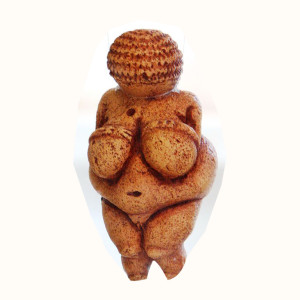Patriarchy is the control of women and the ownership of children through institutionalized marriage and fatherhood. That’s what it is, on it’s most fundamental level. Seeking legal status of a romantic partnership, with its privileges and obligations, means being an active participant in patriarchy.
Legal guardianship of a child by a man is also patriarchy. Except under very unusual circumstances, when a mother is unable to care for her child, legal responsibility for a child should remain with the biological mother. We need to get away from the concept of parenthood as ownership and children as property. Being a parent means investing time, energy, and money into a child. It is not a set of rights, and it doesn’t come with guarantees. An adult who is not the biological mother of a child should not have legal guardianship except under extreme circumstances. Legal guardianship of a child by a non-biological mother is patriarchal, by definition.
We need to get away from the concept that certain things that we want, including parenthood, should be ours simply because we want them badly. We also need to recognize that in nearly all cases the best person to care for a child and make decisions on their behalf is the child’s biological mother. No mother is perfect, and some mothers do make poor decisions, but that does not justify the control of mothers and children through the institution of fatherhood. That is patriarchy.
When a gay man or a lesbian marries under the law, as opposed to simply cohabitating or making private commitments, they are extending a patriarchal institution beyond biological sex. When a gay man adopts a child who has a mother, or a lesbian adopts the biological child of her partner, they are extending a patriarchal institution beyond biological sex. Gay marriage and gay adoption are patriarchal, regardless of sex and regardless of what the couple wants.
I am not condemning anyone, gay or straight, male or female, for marrying or for asserting legal rights regarding children they love. We all collude to some extent with patriarchy, because we cannot live outside of it. But it is important to recognize when we are colluding and when we are resisting, and it is even more important that we do not label our collusion resistance. Gay marriage and gay adoption, like fatherhood and heterosexual marriage, furthers patriarchy.


